Quick Answer:
To cool your greenhouse in summer, optimize air circulation with fans and open vents, use shade cloth or natural shade to reduce heat, ensure proper ventilation with roof vents and louvers, and manage humidity by watering in the morning and using dehumidifiers—creating a stable, plant-friendly environment.
Explore effective strategies to keep your greenhouse cool and thriving during the summer season.
Optimizing Air Circulation
One of the most important factors in cooling down your greenhouse during the summer months is optimizing air circulation. Good air movement helps to prevent heat buildup and distribute cool air evenly throughout the space. To achieve this, you can use fans or natural ventilation techniques such as opening windows and doors. Placing fans strategically to create a cross breeze can significantly improve air circulation.
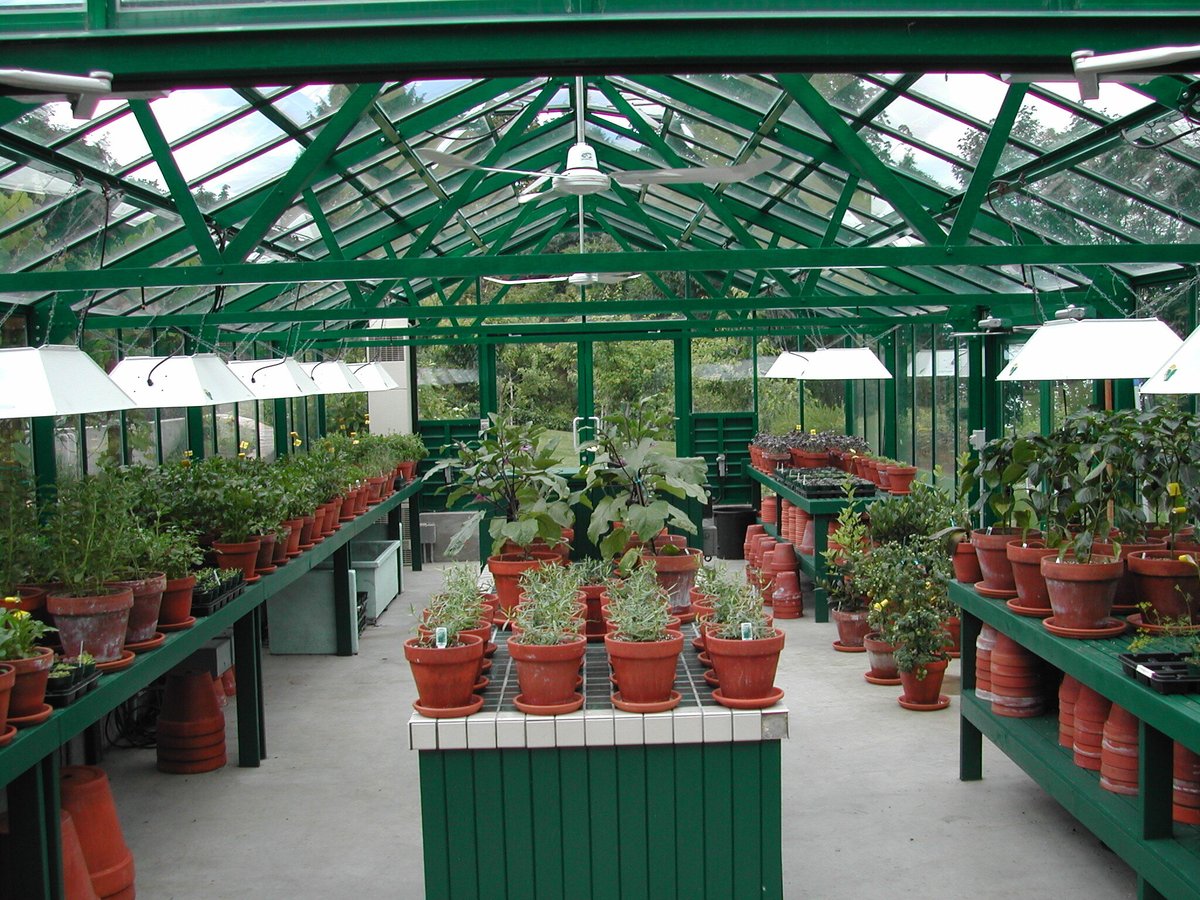
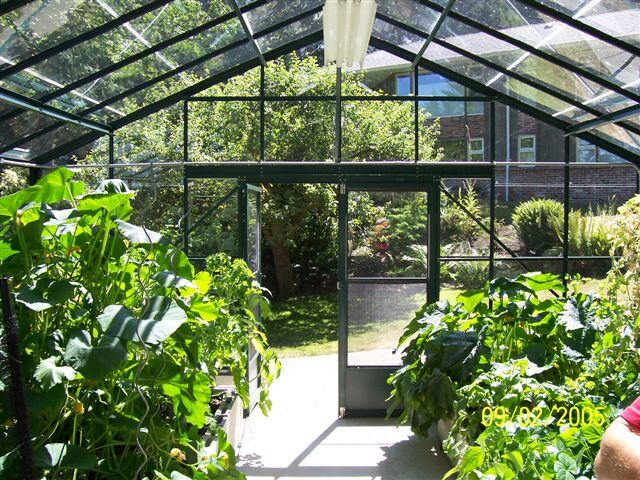

3 Installing multiple fans will help air to circulate, ensuring heat can't build as quickly.
Another way to optimize air circulation is by using circulating fans. These fans can be installed at different levels to ensure that air is constantly moving and reaching all areas of your greenhouse. Additionally, removing any obstructions such as overgrown plants or equipment can also help to improve the flow of air.
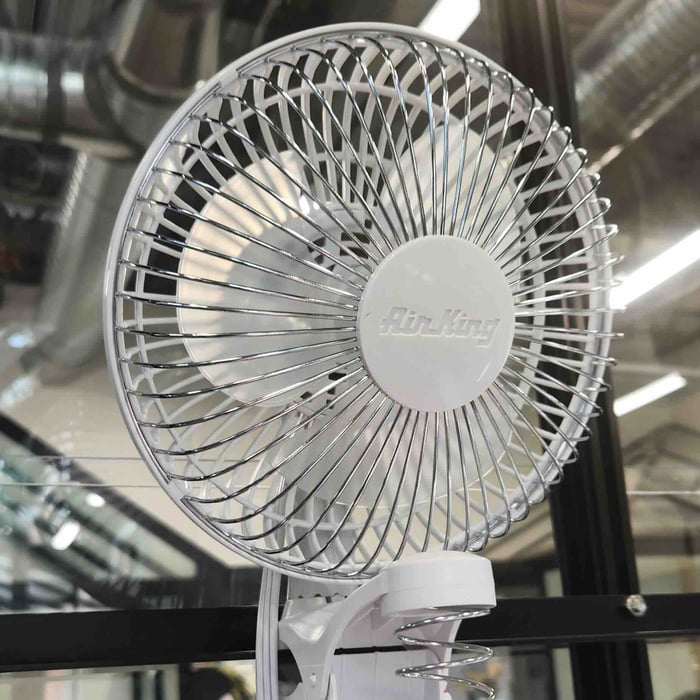
Air King 6-Inch Clip-on Fan
$43.99The perfect durable clip-on fan for greenhouse use, providing powerful airflow and easy installation. Adjustable and compact, ideal for tight space.
Utilizing Shade Structures
When the sun is at its peak during the summer, it's important to provide shade for your greenhouse. This can be achieved by utilizing shade structures such as shade cloth or shade netting. These materials can be easily attached to the roof or walls of your greenhouse to reduce the amount of direct sunlight entering the space.
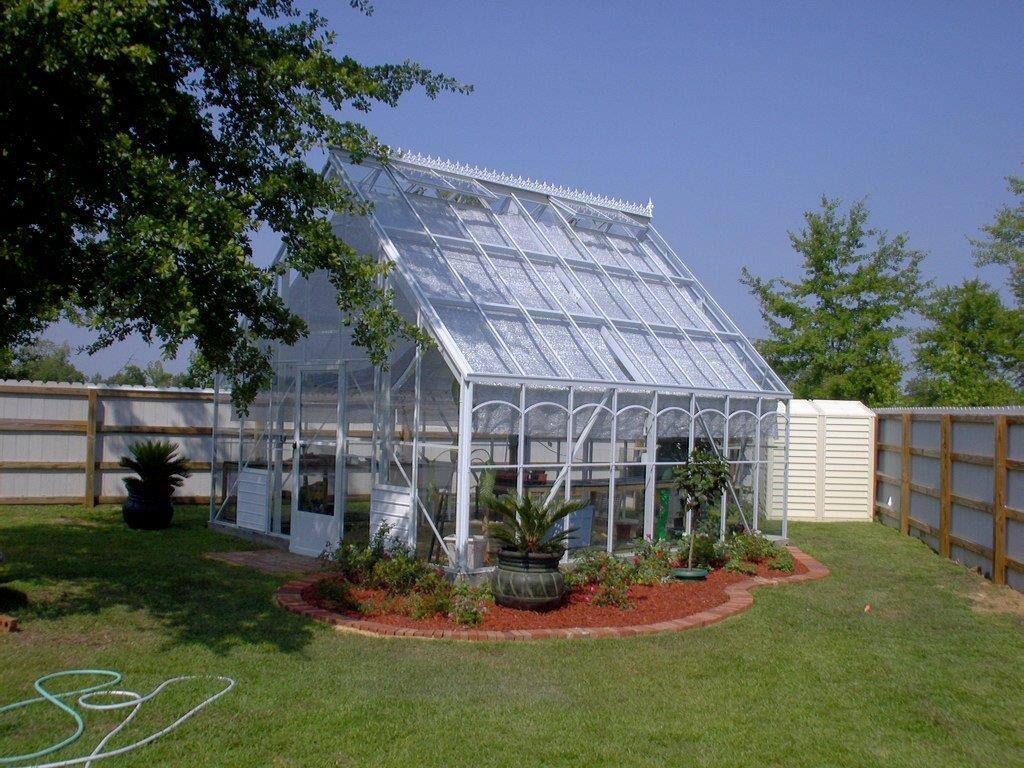
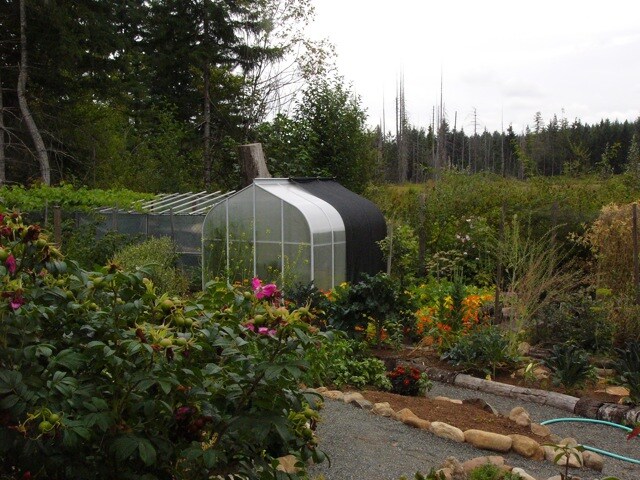

Another option is to use shade-loving plants to provide natural shade. Planting tall, leafy plants around the perimeter of your greenhouse can help to create a shaded area inside. Just make sure to choose plants that are suitable for the climate in your area and that won't compete with your greenhouse crops for resources.
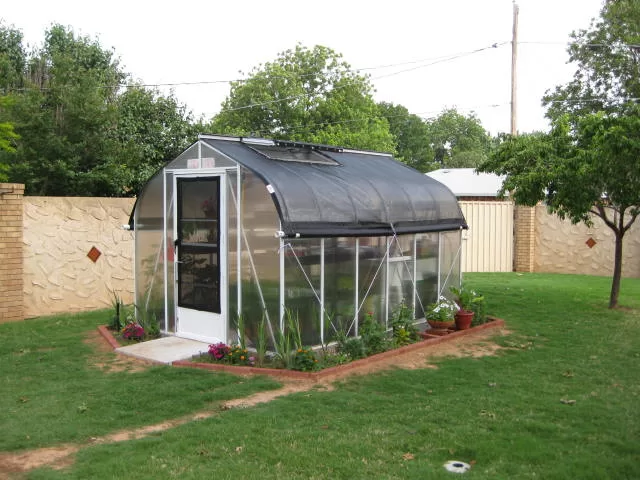
Shade Cloth
$168.00Protect plants with durable 70% knitted shade cloth. Regulate temp/humidity.
Implementing Proper Ventilation
Proper ventilation is essential for cooling down your greenhouse in the summer. It helps to remove hot air and bring in fresh, cool air from outside. All our greenhouses include Automatic Roof Vents (AVOs) to allow the hot air to rise out of your greenhouse. The vents themselves are solar-powered with a wax piston that expands and contracts with the heat raising and lowering your vent as needed.
Additionally we have the option to install side vents or louvers in your greenhouse. This allows for a more passive ventilation for those in warmer climates.
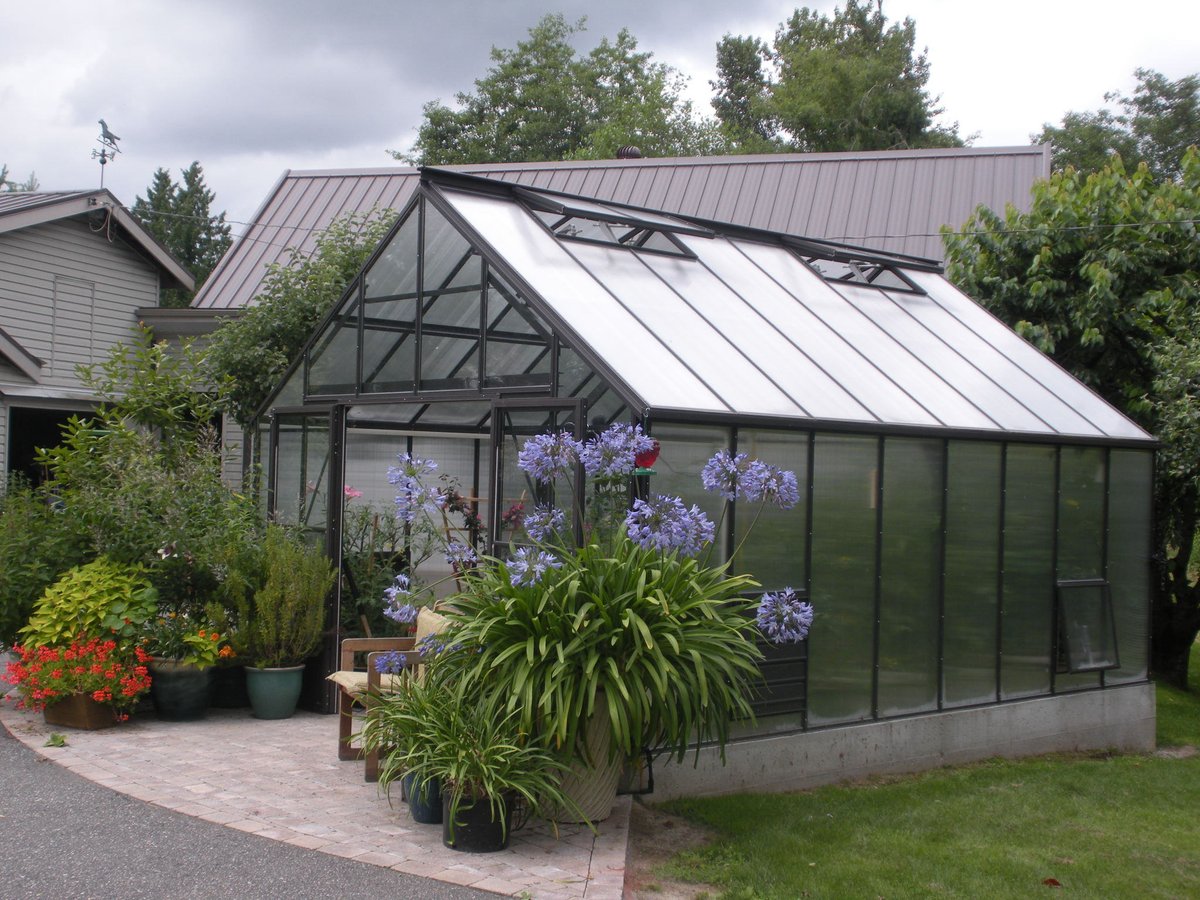
.jpg?width=1200&length=1200&name=TLT1024SG%202%20(Large).jpg)

Another option is to use exhaust fans. These fans can be placed strategically to draw out hot air and promote air exchange. It's important to size the fans correctly for your greenhouse to ensure they are effective in cooling down the space.
Managing Humidity Levels
High humidity can make your greenhouse feel even hotter during the summer months. To manage humidity levels, proper watering techniques are essential. Make sure to water your plants in the morning to allow excess moisture to evaporate throughout the day. Avoid watering in the evening as this can lead to increased humidity overnight.
Another way to manage humidity is by using dehumidifiers. These devices can help to remove excess moisture from the air and maintain optimal humidity levels inside your greenhouse. It's important to regularly monitor humidity levels and adjust accordingly to create a comfortable environment for your plants.
Additional Greenhouse Maintenance Tips
Discover more greenhouse maintenance tips in our latest part of the "Ultimate Guide for Planning Your Greenhouse" Series focusing on annual greenhouse maintenance and preparing for extreme weather.
Get our latest Catalog for all the info on our Greenhouse and more Gardening tips



